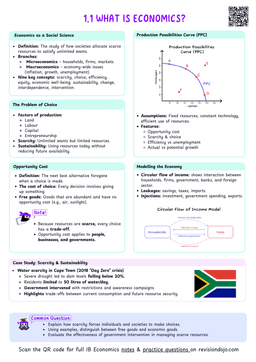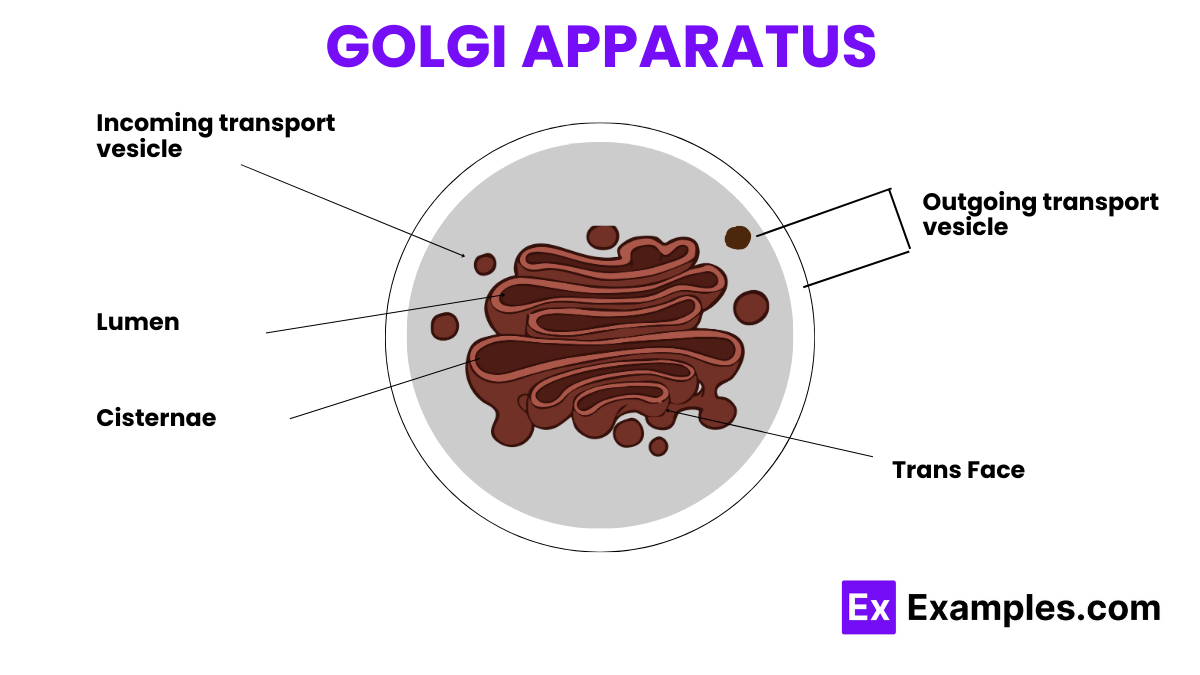The Golgi Apparatus Is Designed for Efficiency
- The Golgi apparatus consists of flattened, membrane-bound sacs called cisternae, stacked in a pancake-likearrangement.
- It has two distinct faces: the cis face (receiving side from the rough endoplasmic reticulum) and the trans face (shipping side toward the plasma membrane).
- Each cisterna contains specific enzymes that modify proteins in a stepwise fashion, ensuring organized and efficient processing.
Key Takeaways
- The Golgi apparatus modifies, sorts, and packages proteins for secretion, membrane insertion, or lysosomal use.
- Its cis and trans faces create an efficient assembly line, ensuring proteins are processed in the right order.
- Critical cellular processes, such as hormone release, immune defense, and digestion, depend on the Golgi’s organizational and transport abilities.

The Golgi apparatus is often compared to a post office because it receives, processes, and sorts proteins for delivery to their destinations.
Protein Processing Adds Modifications for Specialized Functions
- Glycosylation: Carbohydrate groups are added to form glycoproteins, vital for cell recognition, immune responses, and signaling.
- Phosphorylation and Sulfation: Adding phosphate or sulfate groups can change a protein’s activity, stability, or localization.
- Quaternary Structure Assembly: Multisubunit proteins (e.g., hemoglobin) may be assembled here into their final functional forms.
- Each modification occurs in specific cisternae, creating a sequential assembly line that ensures proteins are fully prepared for their functions.
Insulin, a hormone vital for regulating blood sugar levels, undergoes glycosylation and packaging in the Golgi apparatus before being secreted into the bloodstream.



